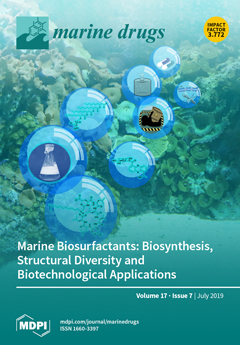Limbs originated from paired fish fins are an important innovation in Gnathostomata. Many studies have focused on limb development-related genes, of which the T-box transcription factor 4 gene (
tbx4) has been considered as one of the most essential factors in the regulation of the hindlimb development. We previously confirmed pelvic fin loss in
tbx4-knockout zebrafish. Here, we report a high-quality genome assembly of the Japanese eel (
Anguilla japonica), which is an economically important fish without pelvic fins. The assembled genome is 1.13 Gb in size, with a scaffold N50 of 1.03 Mb. In addition, we collected 24
tbx4 sequences from 22 teleost fishes to explore the correlation between
tbx4 and pelvic fin evolution. However, we observed complete exon structures of
tbx4 in several pelvic-fin-loss species such as Ocean sunfish (
Mola mola) and ricefield eel (
Monopterus albus). More interestingly, an inversion of a special
tbx4 gene cluster (
brip1-
tbx4-
tbx2b-
bcas3) occurred twice independently, which coincides with the presence of fin spines. A nonsynonymous mutation (M82L) was identified in the nuclear localization sequence (NLS) of the Japanese eel
tbx4. We also examined variation and loss of hindlimb enhancer B (HLEB), which may account for pelvic fin loss in Tetraodontidae and Diodontidae. In summary, we generated a genome assembly of the Japanese eel, which provides a valuable genomic resource to study the evolution of fish
tbx4 and helps elucidate the mechanism of pelvic fin loss in teleost fishes. Our comparative genomic studies, revealed for the first time a potential correlation between the
tbx4 gene cluster and the evolutionary development of toxic fin spines. Because fin spines in teleosts are usually venoms, this
tbx4 gene cluster may facilitate the genetic engineering of toxin-related marine drugs.
Full article






